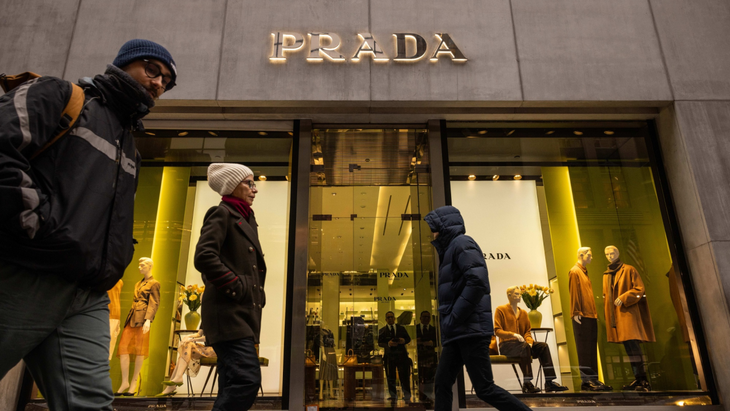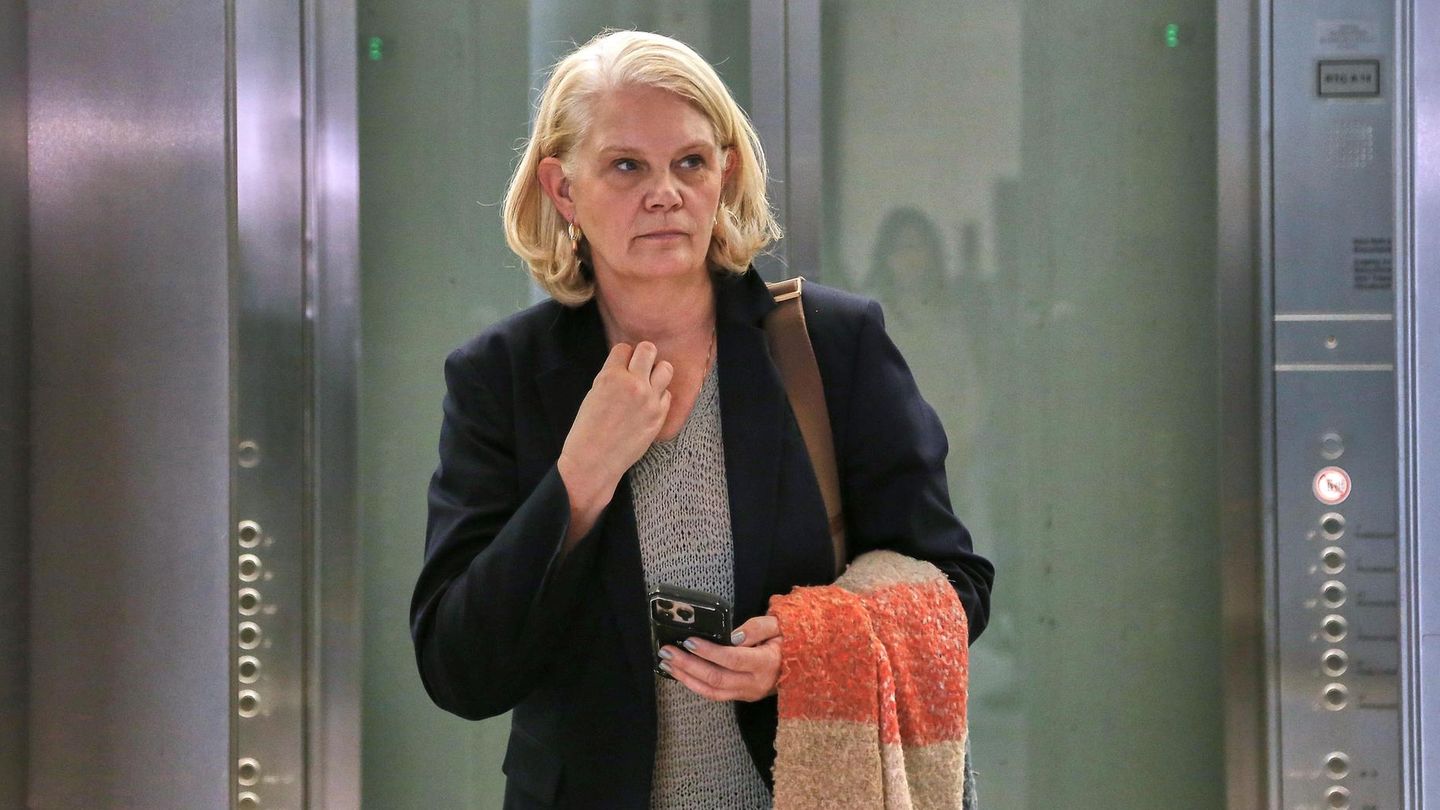Luxury fashion ceased to be an immune bubble. It is no longer enough with embroidery on a catwalk or having a historical surname stamped on the label. Political decisions, commercial conflicts and the global economy began to play a role that seemed distant.
The recent movement of Pradawhen staying with Versace by US $ 1,400 millionconfirms it. The operation was about to fall for the measures promoted Donald Trumpcurrent president of USAand exposed something that many brands preferred not to see: style also has costs when it crosses borders.
The purchase was given in a tense climate that affected Capri Holdingsthe group that controlled the Italian house. The increase in raw materials, added to the stock market that suffered the firm’s actions, opened the door to a renegotiation. Prada did not miss the opportunity. The withdrawal of Donatella Versacethe fall in income that already appeared in Capri and the collapse of its quote facilitated an acquisition that, in another context, would have been much more expensive.
Versace
The luxury stopped moving with total freedom. Tariff obstacles, diplomatic disputes and financial volatility got into the heart of an industry that until recently designed in Milanproduced in AsiaI sold in New York and found in Middle East To your best buyers. That scheme, which seemed unalterable, became unstable.
When a label depends on a decree
The production chain in luxury is as international as fragile. The same garment can mix cotton Egyptthread of Scotlandbuttons France and preparation workshops in India either Portugal. To that are added the distribution centers in Dubai, London either New Yorkall coordinated for a collection to reach the Premium client on time.
That system, which was once synonymous with efficiency, today represents a weakness. A tariff is enough in one of those links so that the final cost is triggered. A political conflict is enough for a market to be forbidden. It is not an exception. Other recent operations were marked by the same logic.
Tapestryowner of Coachtried to keep Capri Holdings But it failed. The fear of excessive market concentration caused regulators to put the brake. The mergers Between luxury groups they no longer flow as before. There is more control, more political pressure and more looks on how the heavyweights of this industry are distributed.
The end of the old fashion map
Meanwhile, many brands seek refugee refuge that can guarantee them financial air and international support.
The brand alone, no matter how history it has, is not enough to survive in this new scenario. The map that dominated during the last twenty years, with the design concentrated in Europe, the outsourced production in the global south and consumption focused on Asia and the United States, no longer works as before.
The new rules of trade, added to logistics inflation, Migratory restrictionsthe impact of climatic crisis and the rise in energy costs, forced the industry to look straight ahead.
Questions appear recently were not on the table: Is a more regional fashion possible, with relocated production? Will global parades be reduced and digital releases grow? What value will you do at home in front of the imported?
Resilience, the new luxury capital
In this scenario, the concept of resilience He became more than important. It is no longer enough to have a defined aesthetic line or solid communication. The houses that diversify their sources of inputs, relocate part of their production or establish more stable logistics alliances, will be the ones that manage to hold. The style matters, of course.
Prada

But the ability to adapt was part of the competitive differential. Prada He saw the hole and got into. The purchase of Versace It is a bold play, but also the reflection of a system that lost its immunity shield.
Now, luxury also feels vulnerable. And each operation begins to read, beyond a style bet, As an answer to a world where to dress well it can depend on a decree. Or almost. Because yes: even the most refined luxury also pays taxes.
Fashion Designer.
Source: Ambito
David William is a talented author who has made a name for himself in the world of writing. He is a professional author who writes on a wide range of topics, from general interest to opinion news. David is currently working as a writer at 24 hours worlds where he brings his unique perspective and in-depth research to his articles, making them both informative and engaging.




